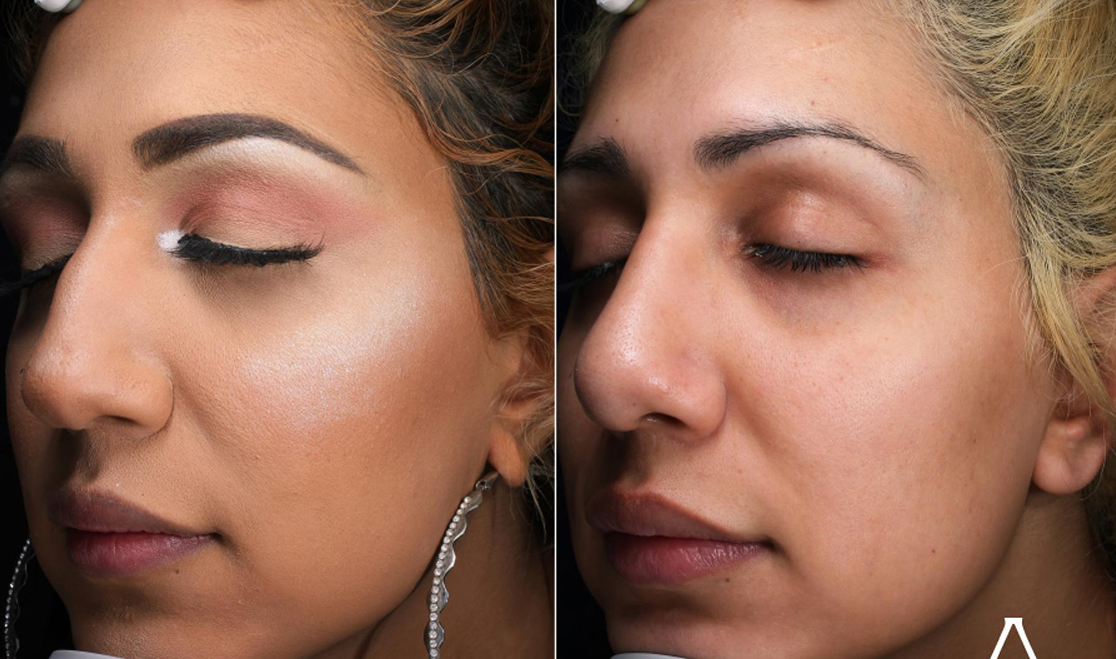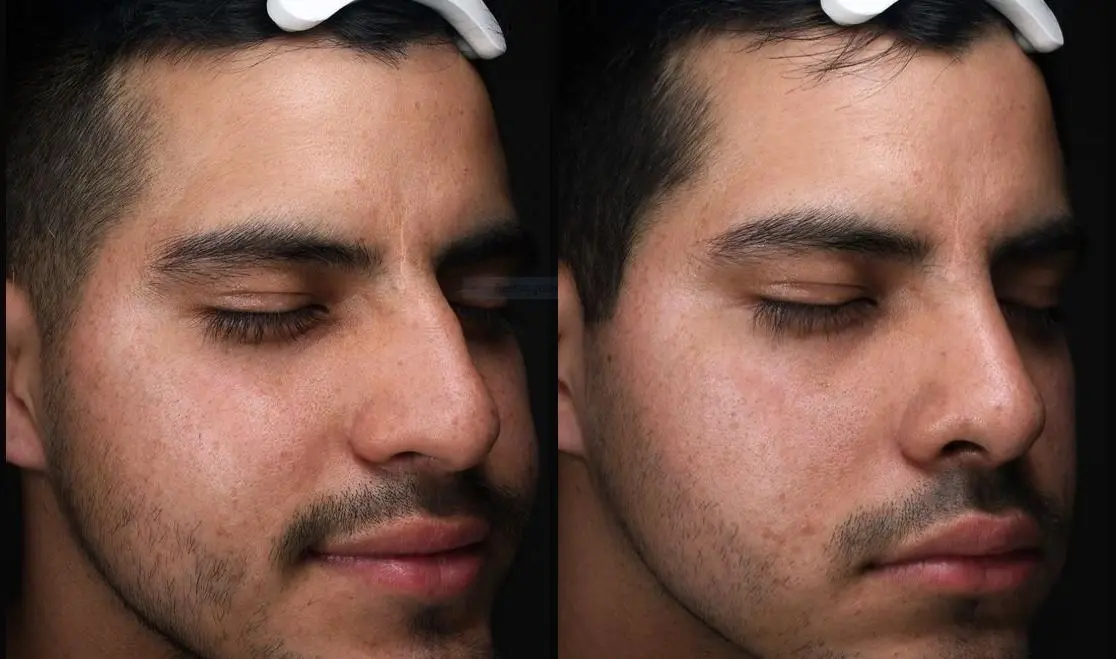Revision Rhinoplasty in Phoenix, AZ
What Is Revision Rhinoplasty?
Much Does Revision Rhinoplasty Cost in Phoenix?
Most insurance companies consider plastic surgery to be an elective procedure and do not offer coverage for these procedures; a revision rhinoplasty is usually excluded from policies. In order to make rhinoplasty treatments and other plastic surgeries financially accessible and affordable, Arizona Facial Plastics, PC, accepts cash, checks and credit cards. In addition, financing is offered through CareCredit®. If you have any questions about the revision rhinoplasty procedure, recovery, costs or financing options at Arizona Facial Plastics, PC, please give us a call.

Why Patients Need Revision Rhinoplasties
In most cases, patients will look into options for a revision rhinoplasty for one of two reasons:
- Dissatisfaction with Previous Results: Many patients undergo a rhinoplasty to alter the appearance of their nose, so many seek out a revision surgery if they are not happy with the results of the original procedure.
- Restore Nasal Function: If the purpose of the original rhinoplasty procedure was to remove a nasal passage obstruction, a patient might need multiple surgeries before fully clearing the passage. Also, in rare limited cases, a rhinoplasty can cause obstructions that were not there prior to the surgery.
Before and After Pictures


Are There Any Age Restrictions When It Comes To Rhinoplasty?
Age is a concern with a rhinoplasty or revision rhinoplasty in that it has an impact on the development of the patient’s nose. Most female patients will have a fully developed nose by the age of 14 while most male patients finish growing a few years later.
What Can I Expect During A Consultation For Revision Rhinoplasty?
During your revision rhinoplasty consultation, you will discuss your surgical goals with Dr. Taghizadeh, especially how they relate to appearance and breathing. The doctor will explain the options available to you for nose reshaping, followed by an examination to review and measure your face. Finally, he will consult with you about a recommended course of treatment.
What Type Of Anesthesia Is Used For Revision Rhinoplasty?
Most revision rhinoplasties are done with general anesthesia so you will not be awake for the procedure. If you like, you can discuss options for a local anesthetic and sedative with Dr. Taghizadeh.
How Is Revision Rhinoplasty Performed?
Before the surgery, Dr. Taghizadeh will administer anesthesia so you’ll experience minimal discomfort. He will perform one of two primary types of revision rhinoplasty:
- Closed: There are no external incisions so you won’t have visible scarring from the procedure. Instead, an internal incision will be made just inside the nostril.
- Open: If Dr. Taghizadeh determines that an open procedure is best to obtain optimal results, he will make a very small incision on the tip of the nose.
In some cases, the doctor may require additional cartilage to repair your nose due to problems with your previous procedure. Finally, Dr. Taghizadeh will reshape and reposition bones, cartilage, and other material to widen the nasal passages if you have breathing issues.
Where Are The Incisions Made For Revision Rhinoplasty?
The two incision points most commonly utilized in revision rhinoplasties are the interior of the nose and the tip of the nose. The procedure is termed a “closed rhinoplasty” if the incisions are made inside the nose, while incisions made on the tip of the nose are referred to as an “open rhinoplasty.”
Does Revision Rhinoplasty Result In Scars?
For a closed rhinoplasty, there are no visible scars because the incisions are made on the interior of the nose. In an open rhinoplasty procedure, a tiny white line will be visible on the tip of the nose, but it will fade over time.
When Will I Be Able To Go Back To Work After My Revision Rhinoplasty?
Most patients are able to return to work and much of their daily routine within seven days of a revision rhinoplasty surgery.
What Sort Of Recovery Can I Expect After Revision Rhinoplasty?
Within 10 or 11 days after your revision rhinoplasty, your bruising should have completely diminished, though there may still be some swelling for up to a month. The first week after your surgery, you will need to schedule a follow-up visit to have the dressings removed. You should avoid strenuous physical activities for three to four weeks, and stay away from any activities where you are at risk of bumping or jarring your nose.
Fortunately, many patients report that the recovery process after their revision rhinoplasty was much easier than their original rhinoplasty.
When Can I Exercise After My Revision Rhinoplasty?
If your nose is healing properly and there are no complications, then you should be able to exercise within 20 days after the revision rhinoplasty. You should use plenty of sunscreen to reduce the likelihood of sunburn, or avoid the sun altogether, for at least two months.
Real Patient Testimonials
- Trustworthy531278
When Are The Stitches Removed After Revision Rhinoplasty?
In most cases, stitches are removed one week after the revision rhinoplasty.
Is Revision Rhinoplasty Covered By Insurance?
As with most other elective surgeries conducted for cosmetic purposes, revision rhinoplasties are not covered by insurance. However, revision rhinoplasty performed to improve the function of your nasal passages or to eliminate obstructions may be fully or partially covered by insurance.
